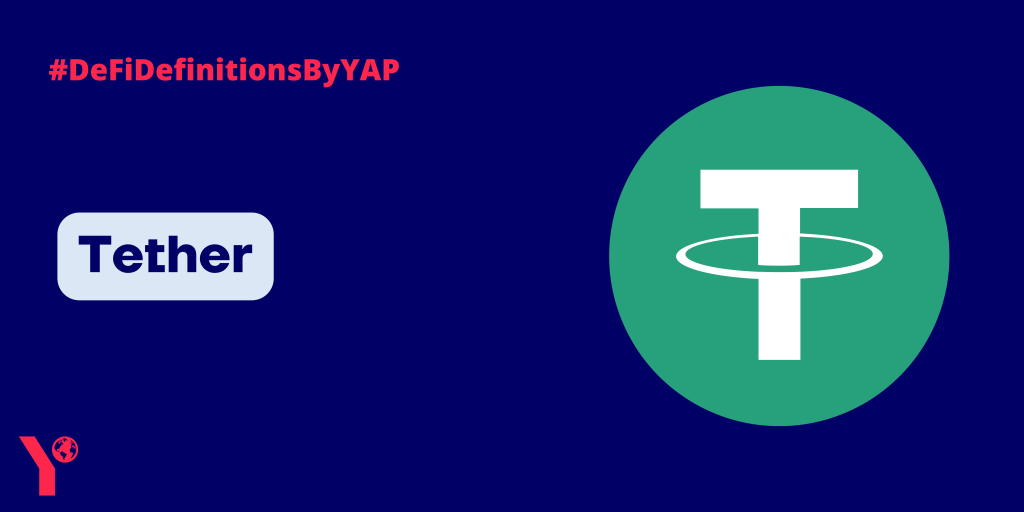Tether, commonly denoted as $USDT, is a unique player in the world of cryptocurrency. It’s a “stablecoin,” meaning its value is pegged to the US dollar, with each Tether theoretically equal to $1.
This design seeks to offer the stability of traditional fiat currencies, like the US dollar, while retaining the technological advantages of cryptocurrencies, such as fast, secure, and borderless transactions. However, it’s important to note that even though it’s designed to maintain a 1:1 value with the US dollar, Tether’s price can still fluctuate slightly due to the forces of supply and demand. Why is a stablecoin that lacks the wild price swings characteristic of cryptocurrencies like Bitcoin or Ethereum important? The answer lies in the volatility of the crypto market itself.
Tether offers a safe haven for traders, allowing them to “stable” their funds in USDT during periods of high market uncertainty. In such scenarios, if traders rush to convert their cryptocurrencies into Tether, its value can creep above $1; conversely, an oversupply of Tether can push its value below $1. But these fluctuations are usually minor — the most notable dips and peaks, even during significant market events, have only resulted in changes of around half a cent.
Despite its stability, Tether is not without its controversies and questions. One major point of concern is whether the currencies and financial instruments backing each USDT in circulation are sufficient. However, despite these uncertainties, Tether remains a crucial part of the cryptocurrency ecosystem, typically acting as a steadying force in the often tumultuous sea of crypto trading.
